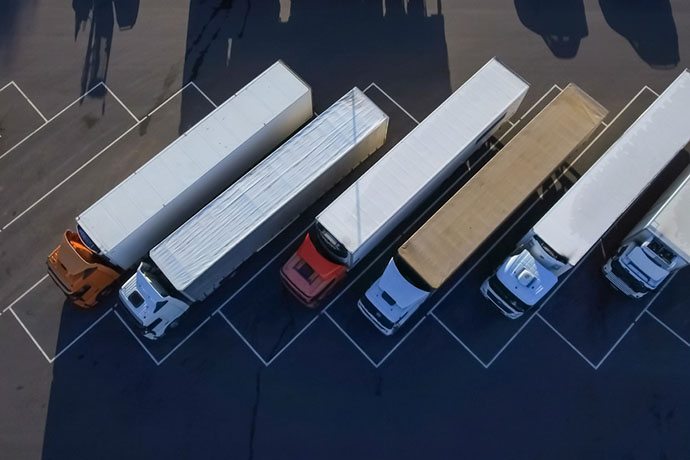
The Front Range Transload project brings together rail company BNSF, trucking companies, brokers and the City of Pueblo. | Gorodenkoff/Shutterstock
One of the biggest barriers to recycling in remote and rural areas is transportation. The Circular Economy Development Center is tackling the issue in Colorado with the Front Range Transload project.
Laurie Johnson, director of the Circular Economy Development Center, said the project’s results could have positive effects far beyond the state’s borders.
“If it works here, it will work in rural Oregon, rural Washington” and other rural areas, Johnson told Resource Recycling.
The project brings together rail giant BNSF, trucking companies, brokers and the City of Pueblo to create a consistent and cost-effective system for aggregating and moving recyclable materials. Johnson said the project operates on the “milk run” model – a truck goes out full of products to its destination, then on the way back, it stops in towns along a predetermined route to collect the recyclables, bringing them back to Pueblo to be held until there’s a full load ready for market.
“It’s two bales of cardboard,” Johnson said, or maybe a supersack of plastic because the municipality does not have a baler, for example.
The towns do not get paid out for their commodities, but Johnson noted they also do not have to pay to landfill or transport it. The goal is for the commodity revenue to even out the cost of the transportation, as the trucks would otherwise be coming back empty anyway.
The CEDC has a staff member building the program and the routes right now, Johnson said, but in 18 months the plan is to hand over the entire project to the transloader. The CEDC is acting as an “accelerator on steroids,” she said.
The project is just launching, Johnson said, but in the stakeholder meetings municipalities were “beyond interested.”
“Cartons or plastics or glass or cardboard, everyone is so happy to have an outlet for it and not have it go to landfill,” she said.
Colorado also has an extended producer responsibility law for paper and packaging that will come online in 2026. While right now that legislation has little effect on the CEDC and the Front Range Transload project, Johnson said the project will provide important information for the future.
With higher material capture comes greater need for markets, especially local ones, and developing those circular markets is one of CEDC’s express goals, Johnson said. In addition, the project will provide some numbers on what kind of subsidy is needed to transport and aggregate recyclable materials from rural areas, which must be serviced under the EPR law.
Spurring development
The CEDC itself just marked one year of operation at the end of June, though Johnson has been working on similar projects for several years via her nonprofit organization Circular Colorado and has a depth of experience in the industry, including at the state recycling association Recycle Colorado. Circular Colorado administers the CEDC.
The center has eight big projects in mind, focusing on textiles, tires, plastics and shingles. Tires and plastic remanufacturing projects are actively in progress, she said, and she hopes that one of them will be “a fully closed loop by the end of year two.”
All this work is supported by an enterprise fund created by the state in 2019, which takes fees from every ton disposed of in landfills and channels it into the Front Range Waste Diversion Enterprise Grant Program. That fund now generates about $13 million a year, Johnson said.
“That’s what helps us launch these projects,” Johnson said, adding that “people with solutions need money to start up. There’s not tons of money in recycling and the circular economy.”
The CEDC’s goal is to both expand and localize existing markets and develop new ones as needed in the region – all with a staff of seven, four of them working full time and three part time.
“Region,” for Johnson, extends beyond Colorado’s borders. She is in contact with more than a dozen other states, creating an informal network of knowledge sharing and support.
“The goal is for no one to create this in a bubble,” she said.